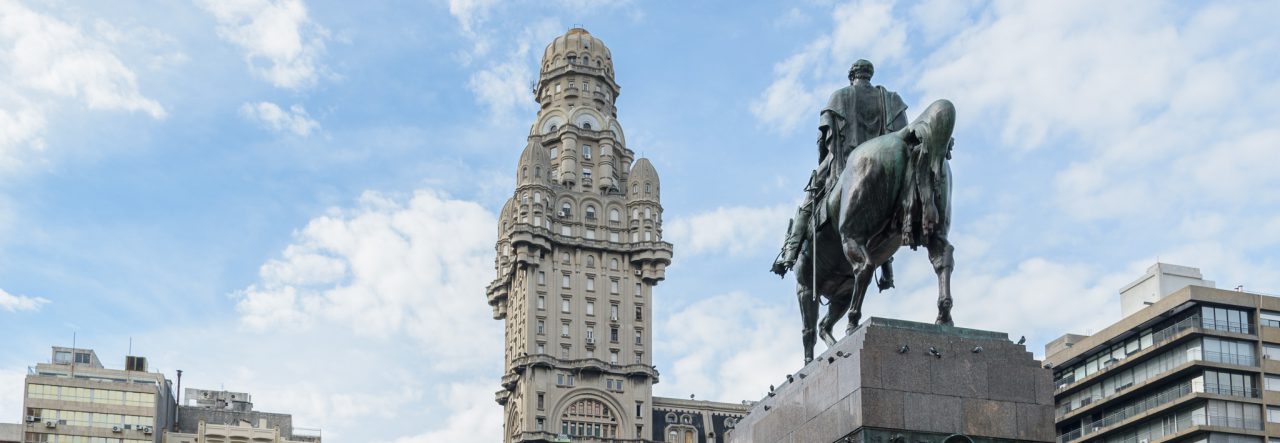
Brazil is trying to encourage the automobile sector and foster consumption of durable goods.
In the dilemma of whether to stimulate growth and attending to inflationary pressure, Brazilian authorities made explicit their preference for economic expansion. Far from benefiting Uruguay, Brazil’s policy is making it difficult to stay competitive, because the Uruguayan government’s priority, combating inflation, clashes with that of the Brazilians.
While Uruguay pursues a contractile monetary policy, discourages recruitment of private sector credit and leaves its currency to be set by the global market, in Brazil the government is lowering interests rates to serve as a fiscal stimulus and deliberately acting in the currency market to weaken the real and reduce the costs of domestic products.
In other words, Brazil is accelerating growth through a boost in internal demand and Uruguay loses its competitive advantages in price and exchange rate with its principal trade partner.
Automotive Sector Boost
The government of Dilma Rousseff announced yesterday a series of measures destined to aid the automotive sector. In total, they are equivalent to a backing of more than $10 million USD for a sector that represents 20% of manufacturing GDP.
The measures cover the whole supply chain. They reduce the Industrial Production Tax (IPI) until the end of August, both for local cars, from 7% to 0% for low cylinder cars and from 11% to 5.5% for high cylinder cars, and imports, from 37% to 30% and from 41% to 35.5%, respectively. At the same time they reduce the tax on financing for individuals from 2.5% to 1.5% and lowered the deposit requirements if banks utilize the excess ($8.8 million USD) to finance vehicles.
The Brazilian government will lose close to $1.026 million USD in taxes because of the subsidy, a luxury they can afford because of a $32 billion USD budget cut in February. In Uruguay, the Economy Minister, Fernando Lorenzo, expressed his concern about the international situation aggravating the economy at the weekly cabinet meeting. The proposed budget under review by the Uruguayan government will not cut spending but expand the budget although within the criteria of “prudence”.
Monetary Policy
The principal divergence between Uruguay and Brazil is in monetary policy. While the Uruguayan central bank increased interest rates since June of last year, its Brazilian counterpart has moved in the opposite direction.
Most analysts polled by Bloomberg predict another decrease in Brazil’s SELIC rate (Special Clearance and Escrow System), after its meeting this month. It will be the sixth consecutive decrease under Rouseff and its lowest level in the last 15 years.
In contrast, in December Uruguayan authorities surprisingly increased the rate 75 basis points to 8.75%. The difference in the policies and greater participation of Brazil in the exchange market has brought about a substantial gap between the Uruguayan and Brazilian currencies.
Official interventions in the Uruguay exchange market were sporadic and had little overall effect.
Beginning in March, the dollar began to rise in both countries. However, the rise in Brazil was strong and sustained, while in Uruguay it advanced slowly and occasionally slid back. Since the end of February, the dollar has increased 5% against the Uruguayan peso, while in Brazil it increased by 21.3%.
Yesterday the president of the Uruguayan Central Bank, Mario Bergara said that the dollar in Uruguay rises or falls according to the “strengthening or weakening of the American currency at the international level”. The president assured that the Uruguayan Peso “will continue on the wave that most Latin American countries are riding”.
But the statements from Brazilian authorities are very different. The Brazilian treasury minister, Guido Mantega, yesterday positively evaluated the exchange rate explicitly sought by the Brazilian government. Last week, for the first time since 2009, the dollar was worth more than two real. “This exchange rate creates a favorable situation”, said Mantega. “It lets us reduce the ‘cost of Brazil’ and the country becomes more competitive”.
The bilateral real exchange rate between Brazil and Uruguay decreased 4.7% in the first five months of the year, according to the Central Bank’s calculations. It is currently 1 real to 9.785 Uruguayan pesos.
Despite this, the Brazilian minister communicated yesterday that they had lowered growth expectations from 4.5% to 3.5% for the this year. The Uruguayan government maintains expectations of 4% growth in line with the analysts’ projections.

